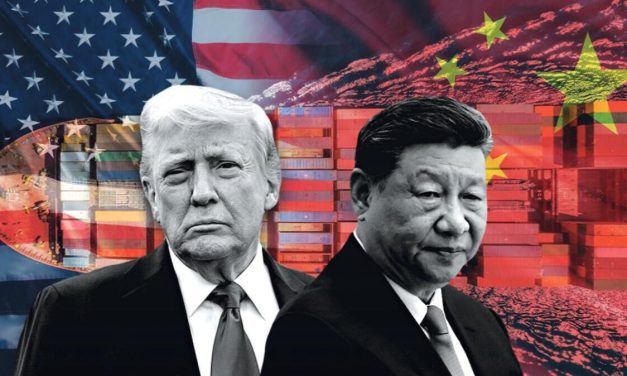Farshad Adel – Secretary General of the Iran-China Strategic Studies Institute
In recent decades, China has sought to increase its influence in various world regions by highlighting the keywords of “joint development, multilateralism, and win-win interests.” In the meantime, relations with the Arab countries of West Asia are of serious importance to China, as stated in detail in the “China Policy Document for the Arab World” adopted in 2016.
The document’s description of the scope of China’s relations with the Arabs throughout history suggests an attempt to draw a vision that encompasses various areas such as political cooperation, investment and trade cooperation, the development of social cooperation in the fields of health, technology, and agriculture, and cooperation in the development of people-to-people ties between the two sides. The document also mentions high-level financial exchanges, cooperation in technologies such as nuclear energy, infrastructure development, and strengthening the parties in international affairs.
China has pursued this vision for relations with the Arabs with strength and seriousness. The volume of its trade with the six members of the Persian Gulf Cooperation Council increased from $10 billion in 2000 to more than $230 billion in 2021, and at the end of 2022, the six Persian Cooperation Council countries were classified as China’s largest trading partners with a volume of more than $315 billion.
In addition, the value of Arab countries’ investments and assets in China reached more than $5 billion by the end of 2023, with most of these investments in the energy and petrochemical sectors.
China’s cooperation with the Zionist regime has also expanded in various fields, including infrastructure, agriculture, and education. China’s bilateral trade with the Zionist regime reached a record of $21 billion in 2022. Chinese companies have signed about 500 investment contracts in the Occupied Territories in the past decade, mainly in the technology sectors, focusing on areas such as telecommunications and artificial intelligence.
China’s expansion of cooperation with the West Asian region is changing the face of the region, and it is natural that the investments made will make China’s role in the region more colorful. However, it does not seem that China is interested in enhancing its role in the security areas of West Asia at present.
This claim gains more strength when we review China’s position on the events in Gaza, where despite condemning the killing of civilians and not supporting claims that Hamas’s October 7th act was terrorist, China has tried to maintain a cautious distance from the crisis and continues to emphasize diplomatic solutions such as the two-state solution.
China’s position on the Syrian issue has also been consistent. Despite the country having used its veto power 10 times on Security Council resolutions critical of the Assad government and having invested more than $3 billion in the Syrian oil and gas industry, it has been cautious in confronting Assad’s fall and has emphasized a political solution for stability.
Of course, China will try to influence Syria’s future through close relations with Arab countries, and in such circumstances, the most important risk that will threaten China’s interests is instability in Syria and its spread to neighboring regions.
In China’s view, the security of all countries in the West Asian region is interdependent, and instability in any country will not only affect other West Asian countries. Still, it may also affect parts of China, such as Xinjiang. Therefore, the security outlook for West Asia will only be realized when the countries in the region, emphasizing win-win interests, achieve common development through tools such as the development of development corridors, inclusion in the value chain, and economic cohesion. In the meantime, by emphasizing its commitment to maintaining multilateralism and fully respecting the principles and practices of sovereign states, China has emerged as a reliable partner for West Asian countries that can enable them to achieve development with win-win results for China and West Asia.
China is trying not to get directly involved in West Asian security developments and at the same time not to play the role of a threat to US security interests in the region and to keep its security competition with the US focused on the Taiwan Strait and the South China Sea.
China’s strategy for security play in West Asia is not a direct intervention but rather the use of the “development for stability” strategy, which it has previously tested and achieved in Xinjiang province, which faced significant security challenges such as separatism and the existence of Takfiri movements.
However, despite China’s efforts to expand its influence on the region’s economic development through increased trade and bilateral investments, infrastructure projects, and technological cooperation, it has also established growing security cooperation with several West Asian countries.
Joint production of unmanned aerial vehicles between China’s Northern Industrial Corporation (NORINCO) and the Emirates’ Golden Group International Company, cooperation with Saudi Arabia in the production of ballistic missiles, and joint military exercises and training programs with Saudi Arabia, the Emirates, and Qatar, in addition to ongoing relations
Saudi Arabia, the UAE, and Qatar, along with growing geoeconomic relations and the establishment of the first permanent military logistics support base in Djibouti, provide China with the opportunity to change its security role in West Asia for decades to come. However, what seems certain in the current circumstances is that China will not make a sudden and radical change in its security policies in West Asia for the time being.










0 Comments